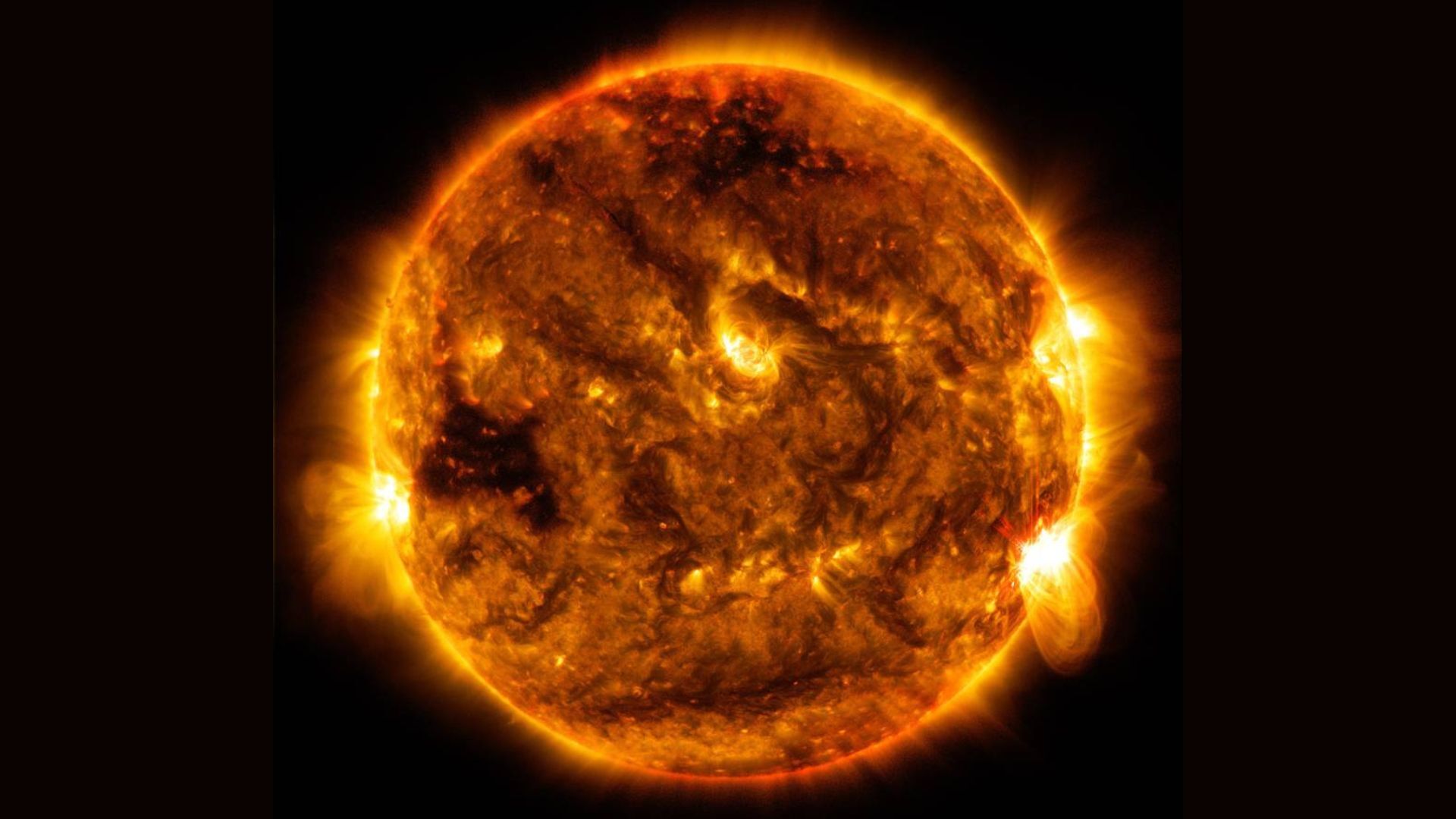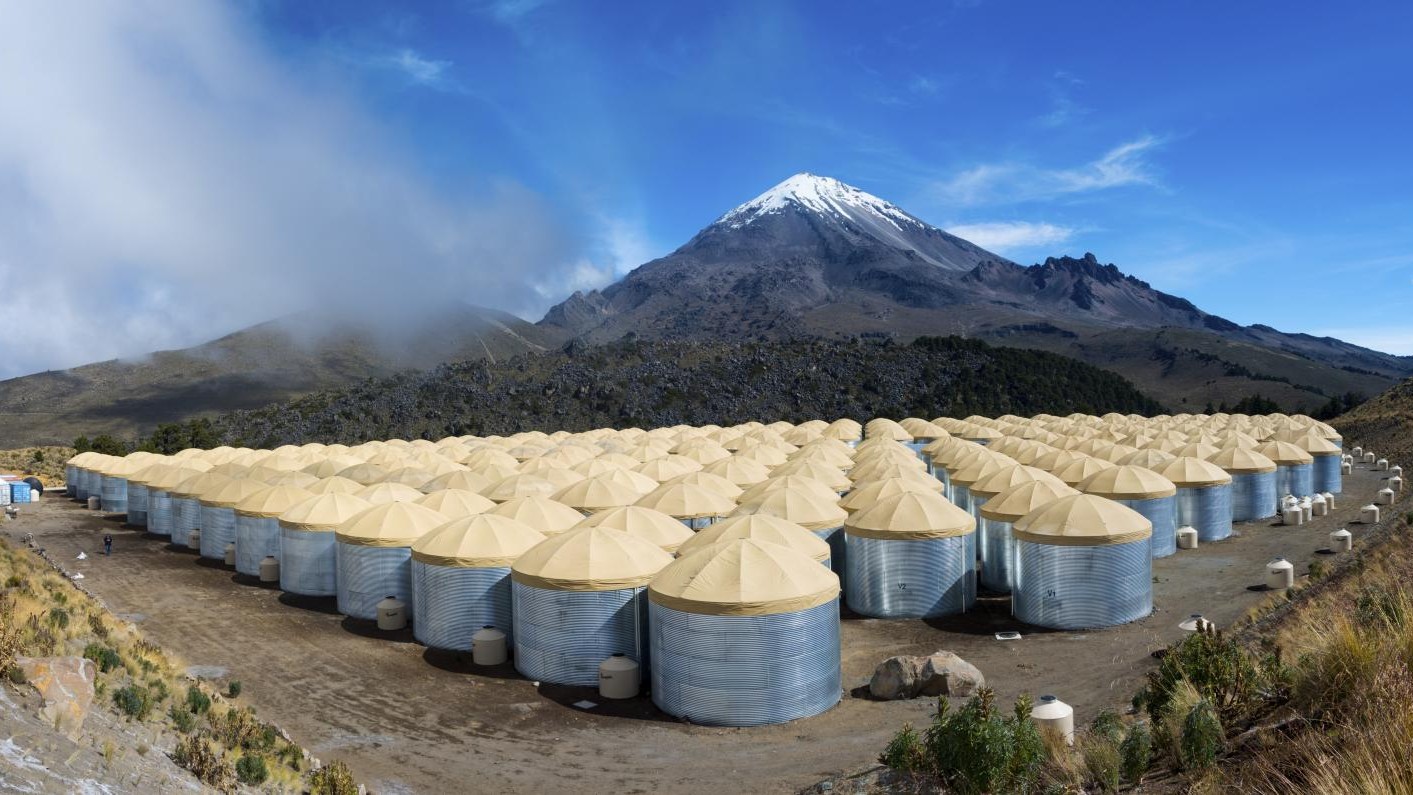
The sun's rays may be stronger than scientists previously thought, new research suggests. Using a highly sophisticated telescope, a team of researchers recorded the highest-energy light ever detected from the sun, reaching up to nearly 10 trillion electron volts, according to a study published August 3 in the journal Physical Review Letters.
"The sun is more surprising than we knew," study co-author Mehr Un Nisa, a postdoctoral research associate at Michigan State University, said in a statement. "We thought we had this star figured out, but that's not the case."
This immensely powerful light takes the form of gamma rays, which have the most energy of any wave on the electromagnetic spectrum. The scientists discovered that there are more gamma rays emanating from the sun than they had initially thought, meaning that this light is incredibly bright.
Related: Gamma-ray burst may represent the most powerful cosmic explosion ever recorded
"This new observation is as exciting as it is puzzling, because the HAWC team have shown that the Sun shines brightly in high-energy gamma rays — brighter than anyone expected," Brian Fields, an astrophysicist at the University of Illinois who was not involved in the research, told Live Science in an email. "Despite being our closest and most familiar stellar neighbor, the Sun still holds surprises for us."
To measure the sun's rays, the researchers used the High-Altitude Water Cherenkov Observatory (HAWC), a collection of 300 tanks filled with 220 tons (200 metric tons) of water each. Located between two dormant peaks of the Sierra Negra volcano in Mexico, this observatory measures energy signals from gamma rays and cosmic rays — even when their light does not reach Earth's surface.

When gamma rays collide with air in our upper atmosphere, they explode into a fountain of subatomic particles in an air shower, leaving behind a signature that the HAWC detects. From 2015 to 2021, the study's authors compiled data from these air showers and were able to capture the first-ever recording of solar gamma radiation breaking 1 trillion electron volts of energy, according to the paper.
"After looking at six years' worth of data, out popped this excess of gamma rays," Nisa said. "When we first saw it, we were like, 'We definitely messed this up. The sun cannot be this bright at these energies.'
The HAWC has helped scientists identify solar gamma radiation at a range up to 10 times more energetic than previous measurements, according to Quanta.
However, scientists are not yet sure how these solar gamma rays reach such high energy levels or why they are in such high abundance.
"The bottom line is that these gamma rays solar observations are a new set of data that provides hints about solar and particle physics, and they introduce new problems we need to solve," Ofer Cohen, a solar physicist at the University of Massachusetts Lowell who was not involved in the study, told Live Science in an email. "This is always good for science, since solved problems don't move us forward."







